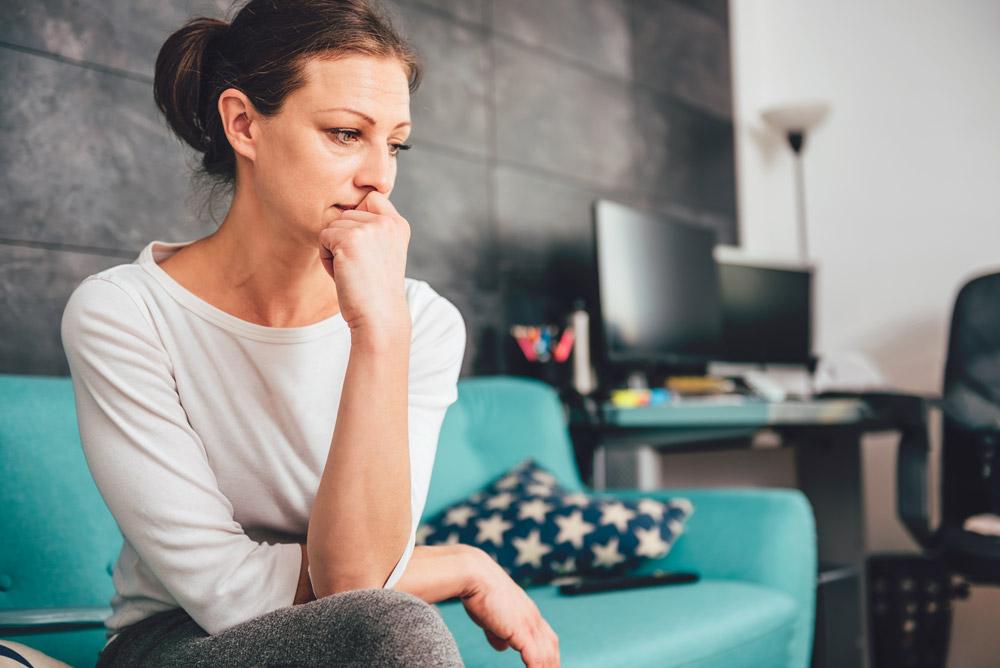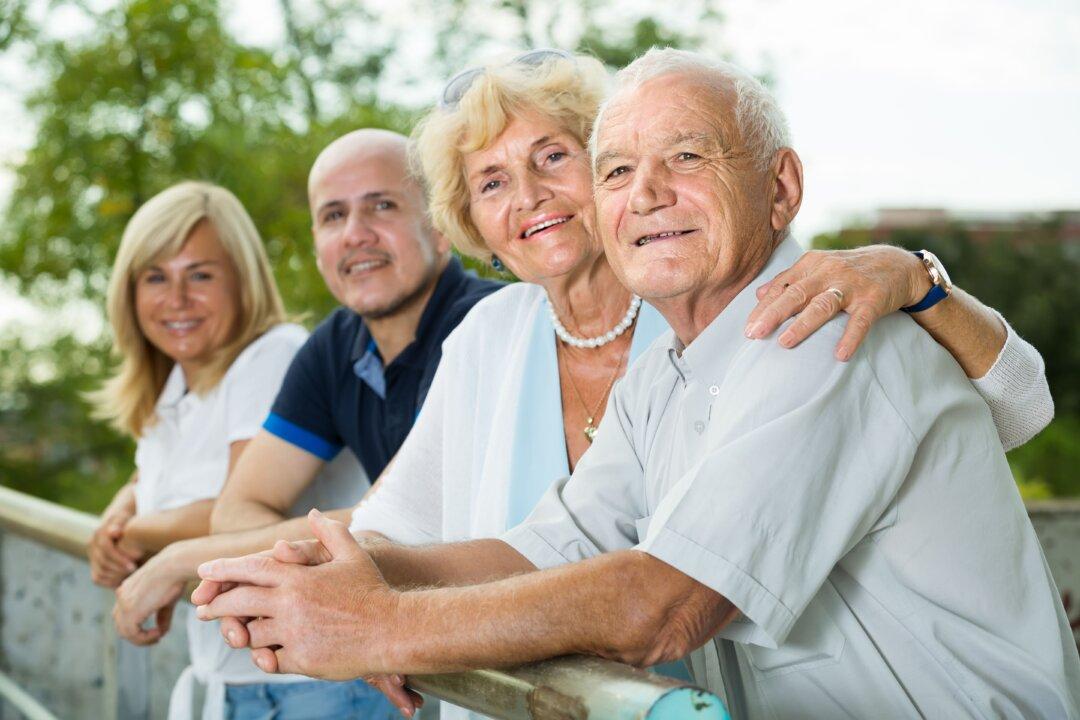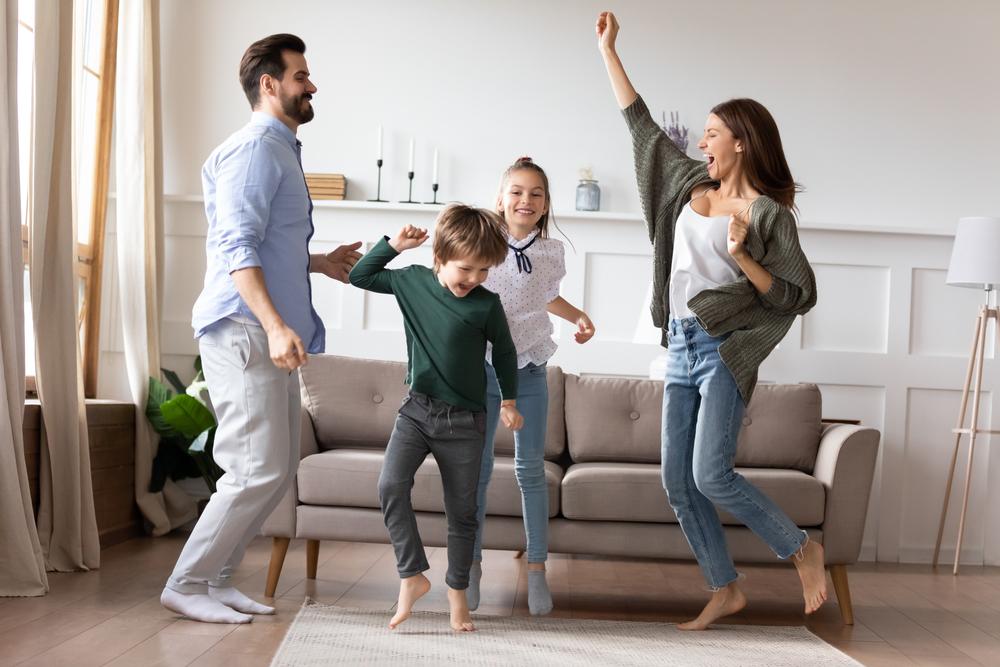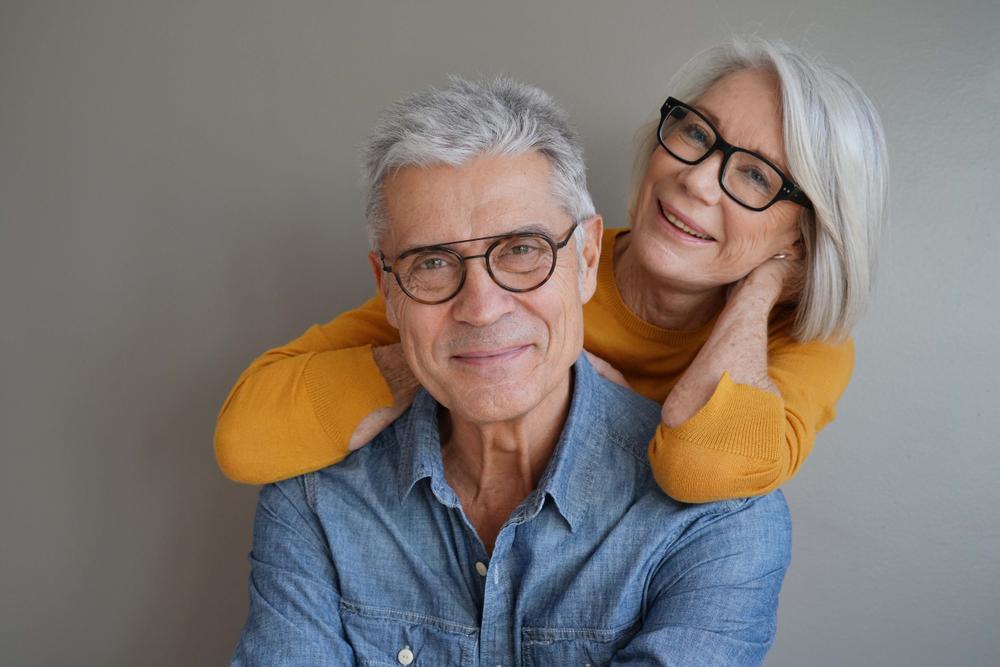Anxiety can feel like a heavy weight that we didn’t ask to carry. Who wouldn’t love to get rid of it?
But neuroscientist Wendy Suzuki wants to challenge the way we view our anxiety. In fact, her new book is called “Good Anxiety: Harnessing the Power of the Most Misunderstood Emotion.”





